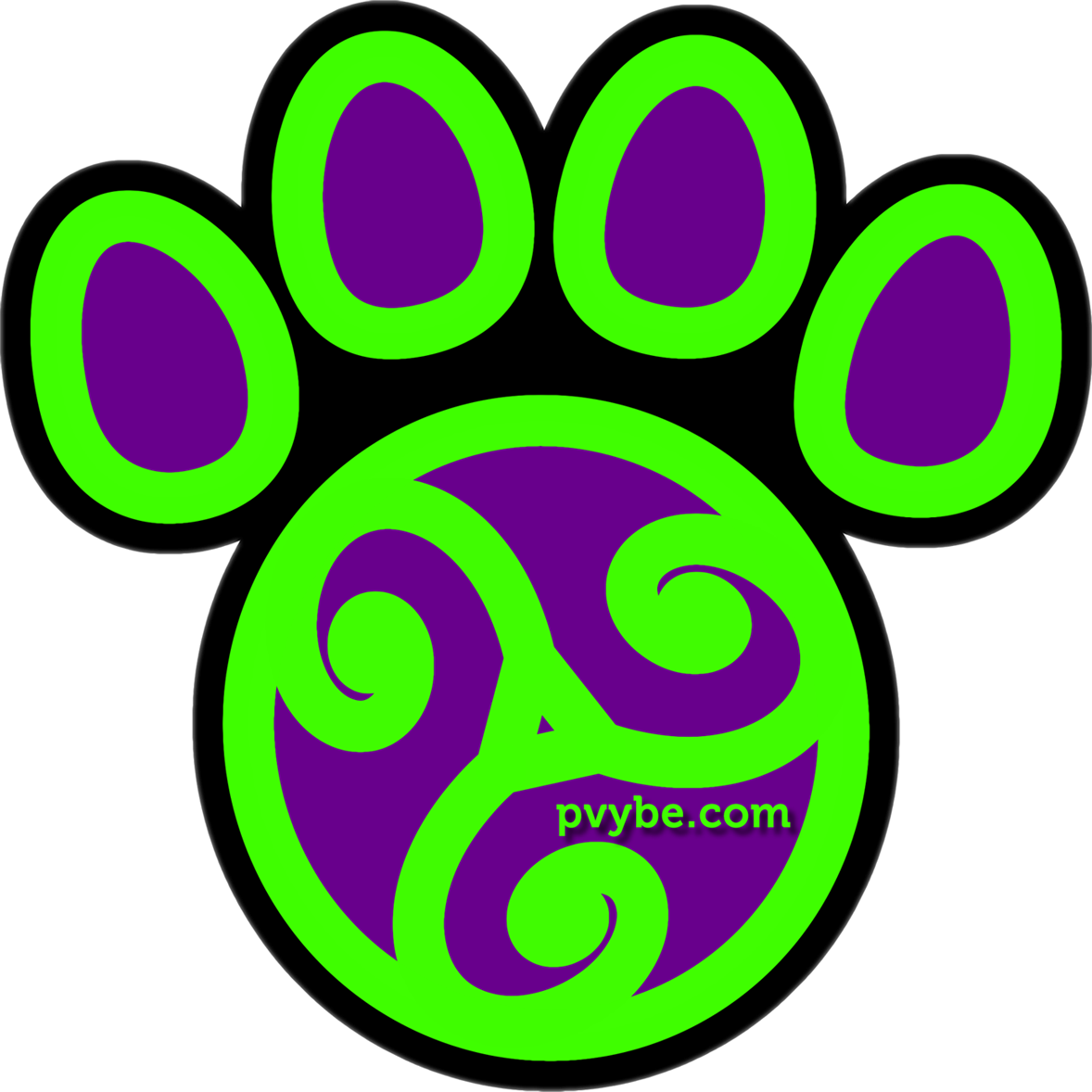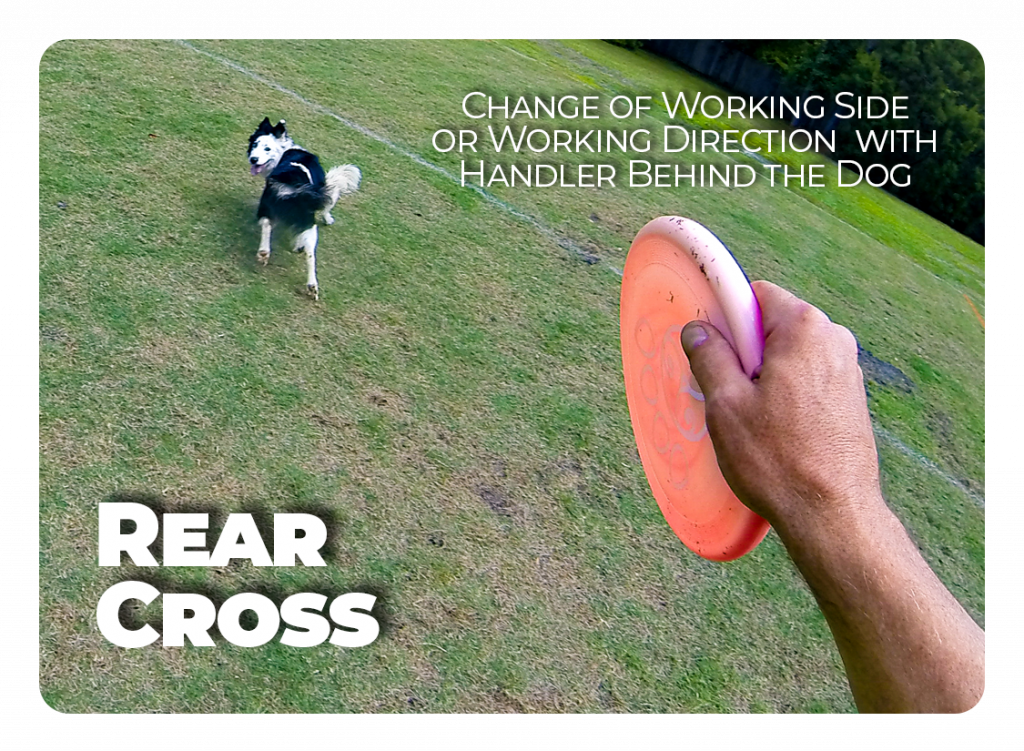
Rear Cross
Rear Cross is Controlled Movement

the Rear Cross asks the dog to turn away from the disc and the handler. it’s a great piece of Flatwork that can relieve pressure as well as drop jaws
This skill is about 4 keys:
- the Rear Cross
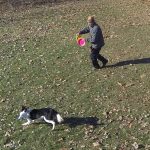 On a Rear Cross, the dog switches Flanks with the behind her. From clock to counter clockwise Flank or vice versa. Taken directly from the canine agility world, the Rear Cross is a... More is not a Spin or a Twist
On a Rear Cross, the dog switches Flanks with the behind her. From clock to counter clockwise Flank or vice versa. Taken directly from the canine agility world, the Rear Cross is a... More is not a Spin or a Twist - reward placement and release
- can be used to set a straight line approach
- can be used to reduce pressure from the dog
Differences Between a Rear Cross and Spin or Twist
the Rear Cross is about switching the working side. the dog moves from one side of the handler to the other. a spin or twist finishes in the same place.
The idea behind the Rear Cross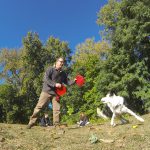 A Cross is an canine agility term that describes a change of working sides. Your dog moves from your left to your right (Heel to Side) or from Clock to Counter. Crosses are... More is to change the dog’s working side. That’s why it is called a Cross. So if your dog is on your left side, a Clockwise Flank
A Cross is an canine agility term that describes a change of working sides. Your dog moves from your left to your right (Heel to Side) or from Clock to Counter. Crosses are... More is to change the dog’s working side. That’s why it is called a Cross. So if your dog is on your left side, a Clockwise Flank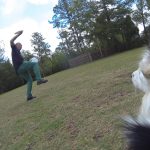 Out to the side of the handler is the Flank. If the dog is out to the handler's right or left the dog is on Flank. If the dog is moving with the... More, and you do a Rear Cross, the dog will turn away from you and wind up working on your right side or working the Counter Clockwise Flank.
Out to the side of the handler is the Flank. If the dog is out to the handler's right or left the dog is on Flank. If the dog is moving with the... More, and you do a Rear Cross, the dog will turn away from you and wind up working on your right side or working the Counter Clockwise Flank.
A Spin or a Twist has no such switching of the working side.
Reward Placement and Release
where you put the disc is where the dog will release to after the skill. always bringing the dog in for a bite will create more of a Spin or Twist than a Rear Cross.
Where your dog releases, or where you put the disc after the cross has great bearing on how this skill is perceived by the dog. If you consistently reward towards the handler after the Rear Cross, the idea of a working side gets overwhelmed by the frontal approach to the handler.
You want to offer reinforcement away from you frequently with this skill so the dog continues to see it as a ‘peeling off’ and you guys as a team can appreciate and understand the switching of the working side.
Where you deliver the disc alters your dog’s pattern.
Rear Cross Can Set a Straight Line Approach
the Rear Cross could be used to set a straight line approach out of an arcing approach or an outrun. if you withhold the throw, the dog will finish the turn looking at you…
Getting a dog who runs circles to approach the handler head on can be a really troublesome endeavor. All you need to do to create a straight line approach from a dog running a round pattern is to cue the rear cross and pull the dog in with a Bite, Over An Over is any leaping catch that happens over top of the handler’s body. Overs are usually named by the part of the body over which the dog flies, i.e - Leg Over,... More, Pass
An Over is any leaping catch that happens over top of the handler’s body. Overs are usually named by the part of the body over which the dog flies, i.e - Leg Over,... More, Pass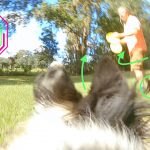 A Pass or Passing is a linear Team Movement maneuver that has the dog running or moving past the handler in close proximity, crossing or breaking the plane of the handler's body. or Vault
A Pass or Passing is a linear Team Movement maneuver that has the dog running or moving past the handler in close proximity, crossing or breaking the plane of the handler's body. or Vault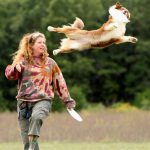 The dog uses the player´s body as a launching pad to jump for a disc. A Vault is a leaping catch from the handler’s body. The dog leaves the ground for the target... More.
The dog uses the player´s body as a launching pad to jump for a disc. A Vault is a leaping catch from the handler’s body. The dog leaves the ground for the target... More.
The dog turns away and looks for the disc. When there is no opportunity out there, the pull of the disc being presented at or around the handler asks the dog to reverse field and come in from a straight line. It’s almost like magic!
Rear Crosses Can Dissipate Pressure
either repeating the Rear Cross or offering it at a good time can make handling aggressive, drivey dogs that pressure on the handler much easier.
Many handlers feel a ton of pressure from their dog. Their dog comes flying in and rushes and flusters the handler.
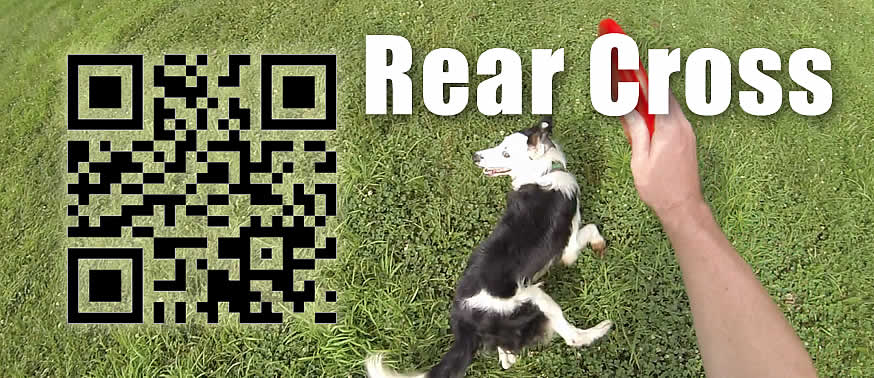
The Rear Cross can do wonders for alleviating this pressure. When the dog comes flying in, pick them up on either Flank and send them back where they came without ever having to deal with stopping or getting barked at in that frontal position.
